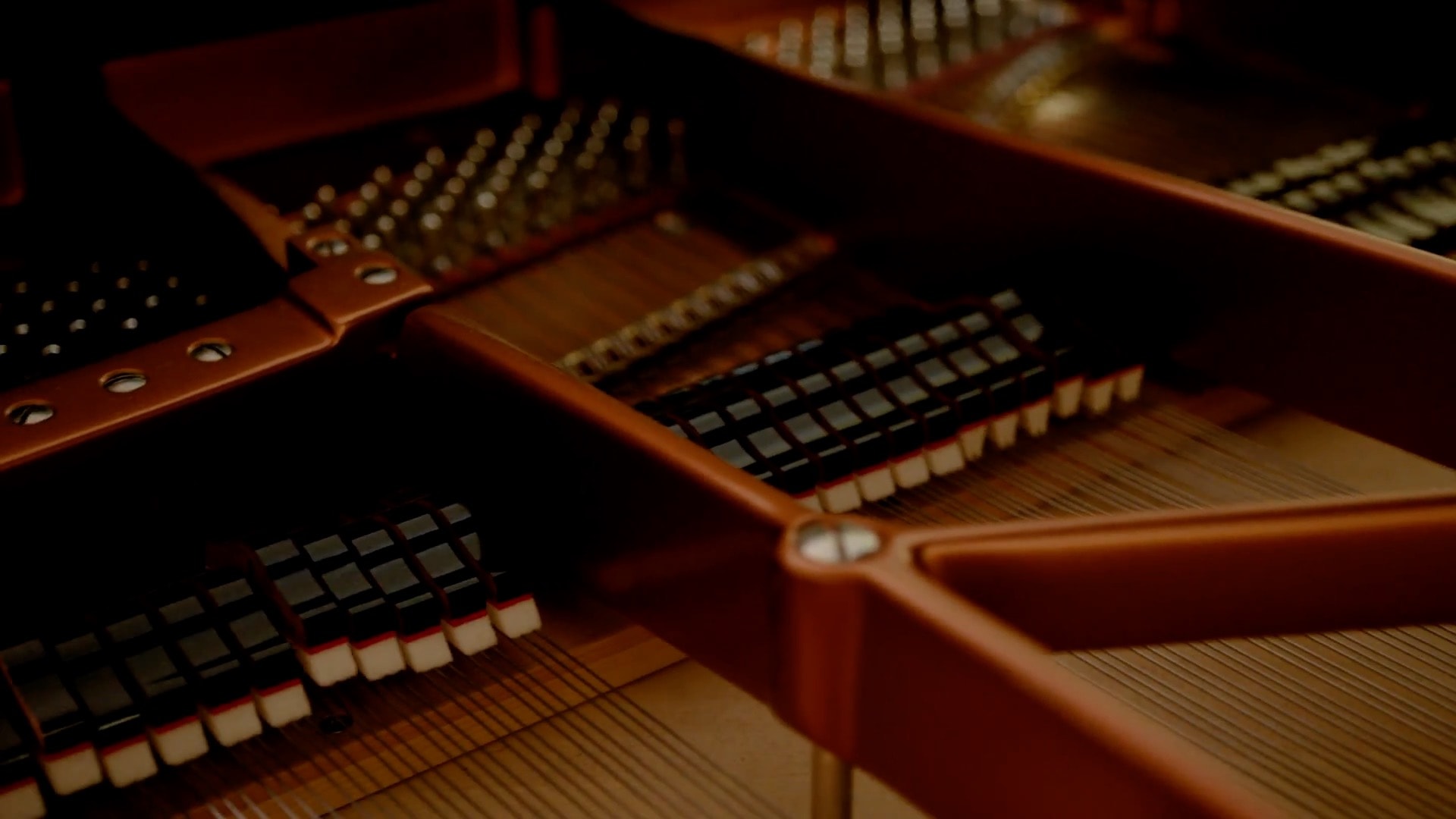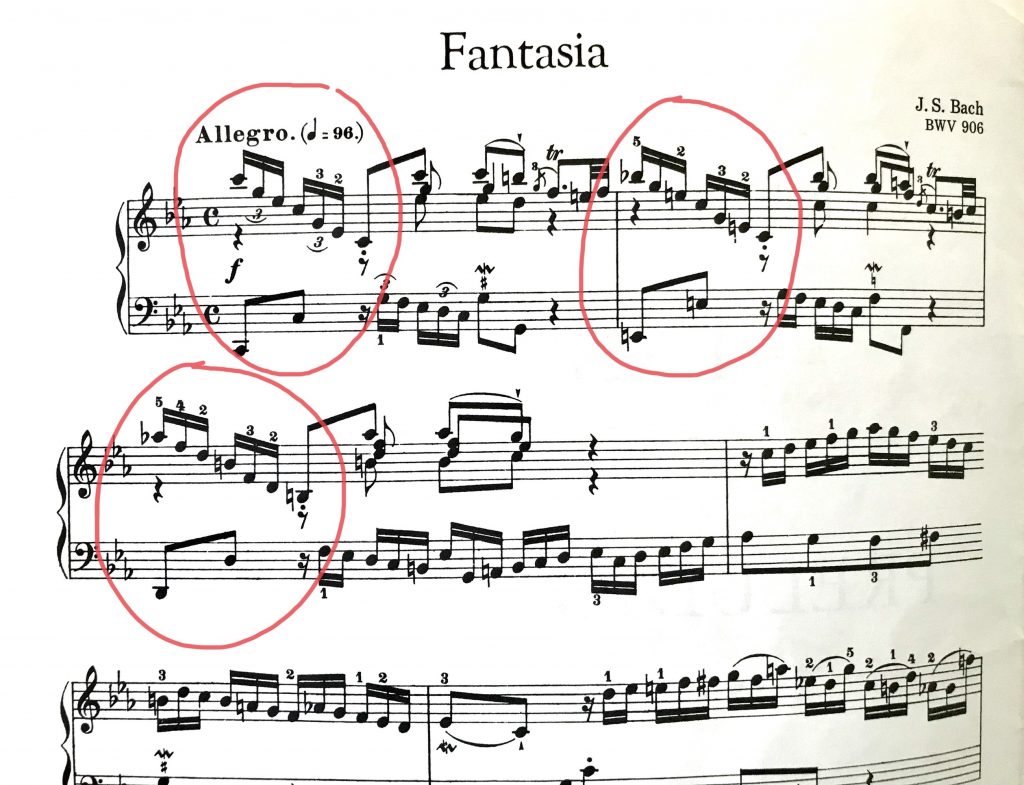Should we ever use the damper pedal in Bach?
We all know that using the damper pedal in original Baroque keyboard works is discouraged. The modern piano mechanism didn’t fully develop until the 19th century and harpsichords and clavichords did not have such a pedal. The duration of sound they produced was limited, so the “Baroque keyboard style” essentially lacks sustained notes.
To me, clarity is paramount when we want to hear polyphony composed of distinct patterns and quick embellishments and that serves as a deciding factor when departing from the “early music” sensibilities. When considering original compositions by Bach -as opposed to transcriptions, where pedaling serves the arranger’s intentions – I only use the pedal to bring out implied harmony in moments when counterpoint isn’t active. The pedal can help amplify a single chord, like a final one of a movement, for a more effective ending. It can also help bring a new texture to a pattern or passage built on a broken chord. Please refer to the cover image of this “piano tip,” the beginning of the Fantasia in C minor, BWV 906. The framed arpeggios provide a justifiable pedaling opportunity in both instances since all of the notes outline one simple chord and their function is clearly harmonic. By the same token, in a piece like the famous Prelude in C major from WTK I, every separate harmony may be pedaled, carefully, if the effect appeals to you. I am sure Bach would have experimented in that direction, had he had the opportunity.
To address a common trend I noticed with my students: whether you play Bach or Mozart or even Chopin, please remember: using the damper pedal excessively in hope of covering up possible mistakes is silly. No matter how tempting and almost instinctive it seems, in the long run we are cheating ourselves and our ears. At the risk of protest from some of you, I’d venture to suggest that Chopin owes his unrivaled popularity with adult amateur pianists not only to the lyrical beauty of his works but also to the fact that the pedal in his easier pieces allows for glossing over technical shortcomings. No such luxury in Haydn, Bach, Mozart or Beethoven where precision is the name of the game.
So to sum up the above, here is a “rule of foot,” so to speak: use the pedal according to the composer’s specifications. In my opinion, harmonic or acoustic amplification would be the only justifiable exception from this rule.

